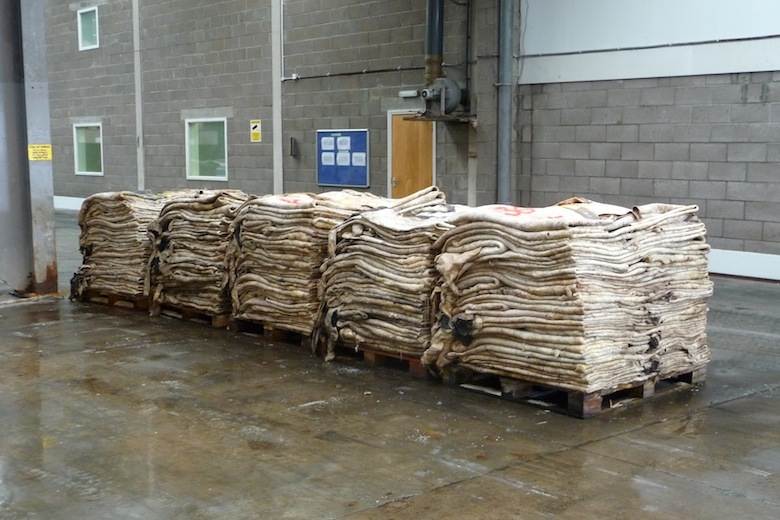Leather’s carbon footprint starts at the abattoir, GLCC agrees
10/04/2014

In all, 27 representatives and guests attending the Hong Kong meeting.
Outcomes included agreement on a definition of system boundaries for the environmental footprint of leather. Industry leaders at the GLCC meeting agreed that the environmental impact of hides, skins or leather begins once a hide or skin is separated from the carcase of the animal it comes from, at the abattoir.
This is an essential element of the European pilot study on developing category rules for preparing the product environmental footprint for leather, which is due to start in June 2014. For the GLCC to agree this point is an important step forward because, in previous discussions, the tanning industry has come under considerable pressure to attribute a share of the environmental footprint of upstream livestock farming to leather.
At the same meeting, the ICT spoke about legislation governing leather in different countries and urged those present to do everything possible to ensure that appropriate designations of leather and leather products are understood and enforced.
For its part, IULTCS delegates advised the group of a forthcoming ISO standard for leather test methods to help companies in the leather supply chain respond to requests from customers to demonstrate compliance with restricted substances lists.
In addition, the group received an update from ICHSLTA on the world raw material supply situation.











